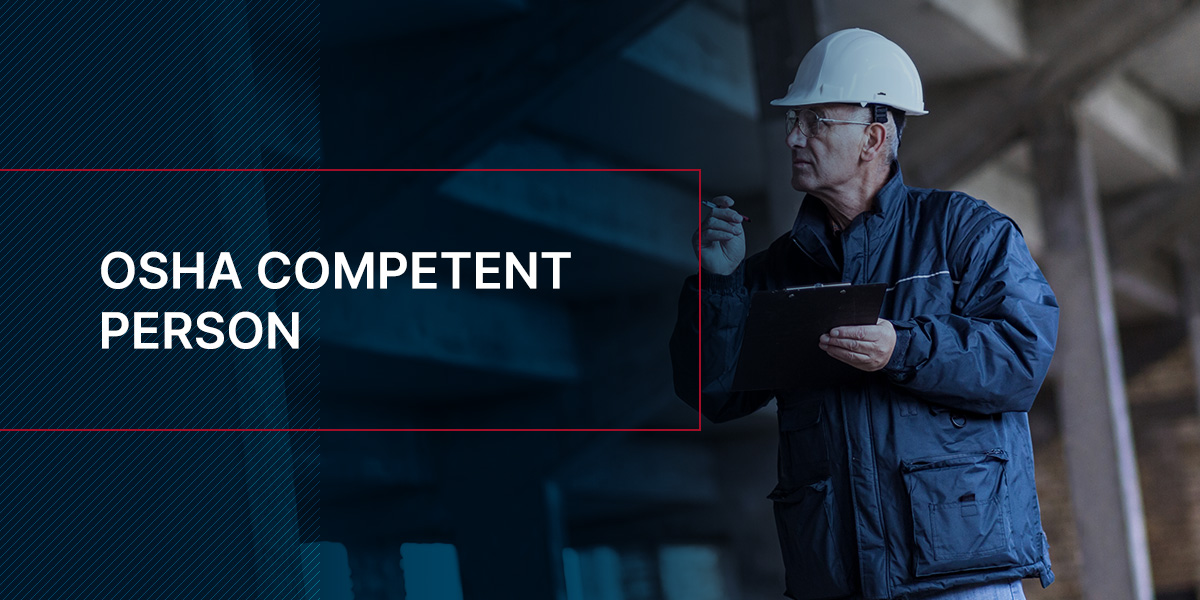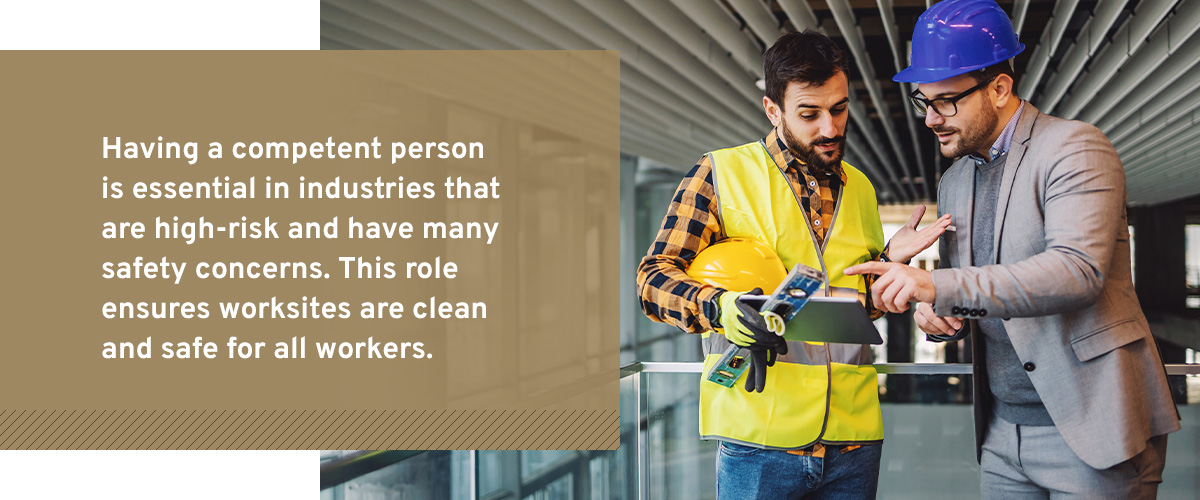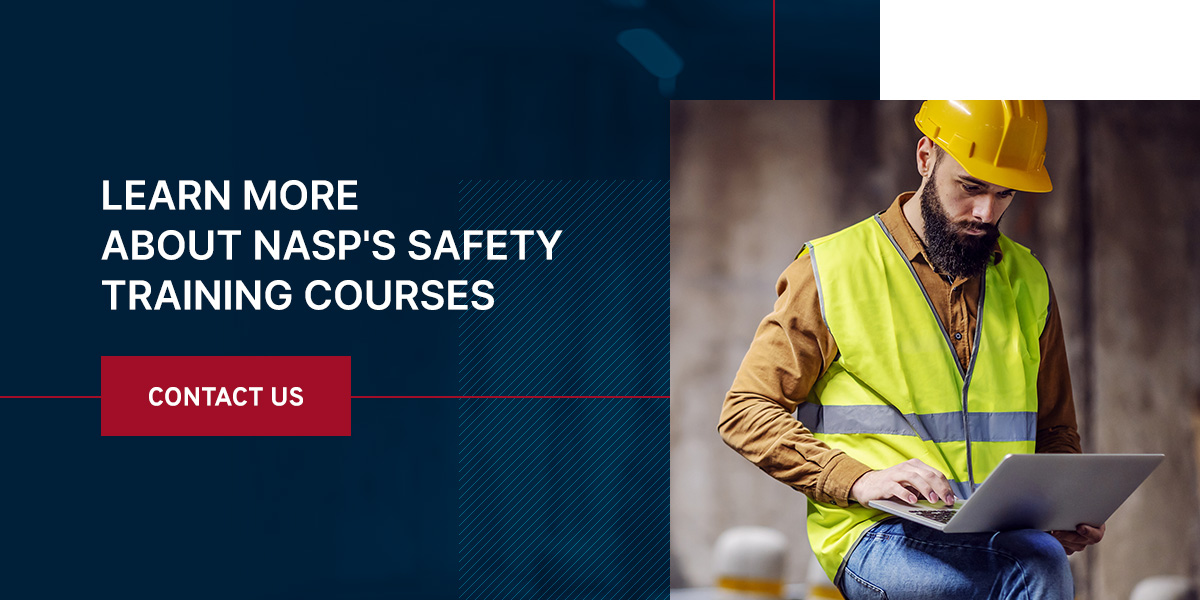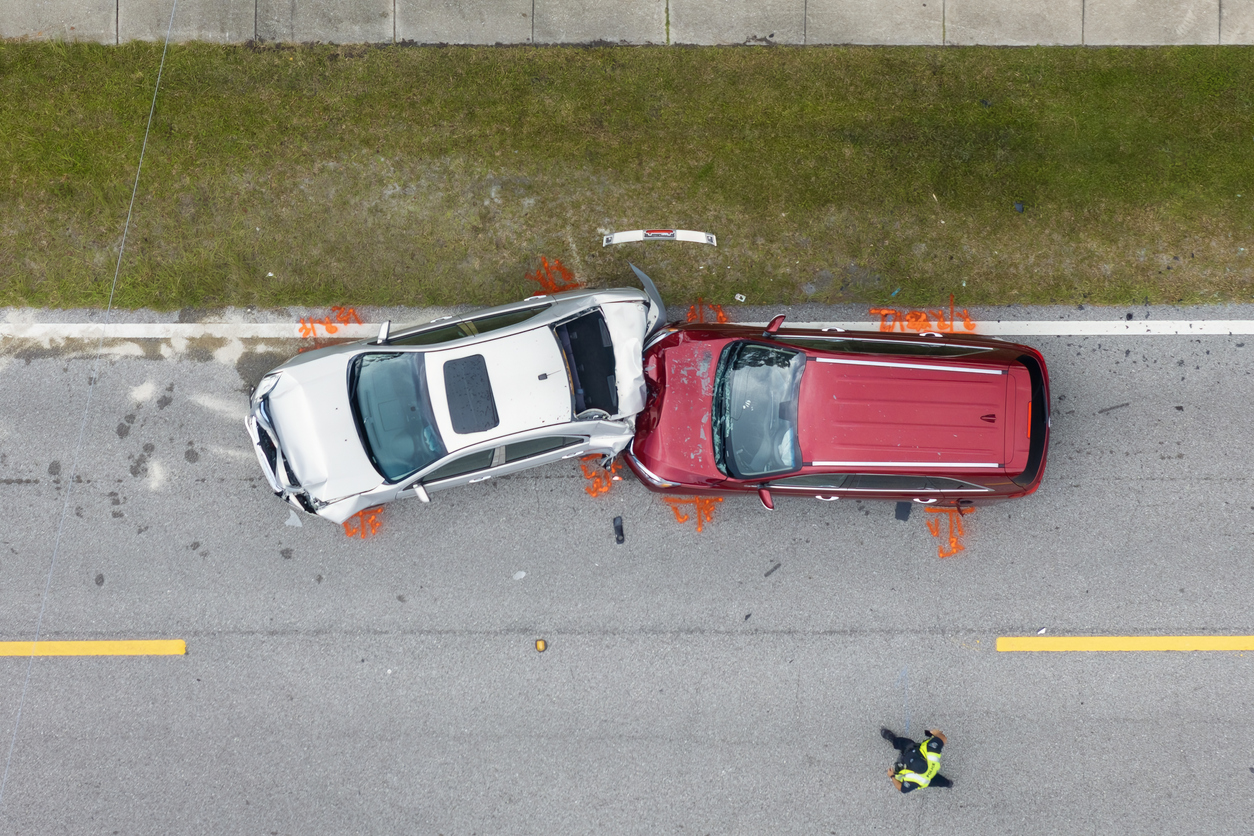OSHA Competent Person

When it comes to job site safety, having a competent person involved in the process is important to keep all workers safe from potential hazards and accidents. Every dangerous job site requires a competent person to be present. Still, employees who assume that role have responsibilities beyond the given definition, so understanding the requirements for an Occupational Safety and Health Administration (OSHA) competent person is essential.
What Is an OSHA Competent Person?
OSHA defines a competent person in 1926.32(f) as a person who has the capability of accurately identifying any potential or existing hazards within the working environment. This person must also be able to promptly take corrective measures to minimize and eliminate working conditions that are unsanitary, hazardous and dangerous.
Having a thorough understanding of the following is essential for a competent person:
- Standards: It is essential that a competent person is knowledgeable of all industry safety standards and protocols.
- Hazards: One of the greatest duties of a competent person is to proactively identify workplace hazards before they become significant problems.
- Corrections: It is also important to assume the role of authority and utilize the competent person’s expertise to correct potential issues early.
An OSHA competent person is essential for maintaining secure work sites and mitigating safety issues. Some industries and jobs expand the role with additional standards and prerequisites. Without a designated competent person on a job site, addressing safety concerns can be less productive. There may be conflicting debate over how to approach a situation or workers may overlook the issue entirely.
The bottom line is that having an OSHA competent person is essential. It is a position that co-workers need to take seriously to maintain a safe and healthy work site.
Defining a Competent Person According to OSHA
When it comes to defining a competent person according to OSHA, it can be difficult to narrow it down to specific expectations. There is no checklist of specific standards outlined by OSHA regarding the requirements of a competent person. The lack of clear criteria can create a lot of uncertainty around how to define a competent person beyond the given definition.
The term “competent person” is often confused with OSHA’s definition of a qualified person. According to the definition in 1926.32(m), a qualified person is someone who has demonstrated their capability to mitigate and resolve issues related to a job site or project, due to the possession of at least one of the following:
- Degree
- Certificate
- Extensive knowledge
- Training
- Experience
The main difference between either role is that OSHA expects an employer’s designated competent person to be vigilant and respected by their colleagues. If the administration asks an employer who their competent person is, they want to know the appointed person is knowledgeable and has authority and ensure every employee is aware of who has the role. It is an important title, and OSHA may cite companies that do not have a truly authoritative and knowledgeable competent person.
Requirements for an OSHA Competent Person
When there are no clear expectations from OSHA, how does someone prove they are a competent person? Employers must choose their designated person based on the following characteristics:
1. Experience and Expertise
Something an OSHA competent person should possess is extensive industry expertise. They should have an understanding of how to inspect the work site — their job is to identify and correct potential hazards. It is necessary for this person to have hands-on experience with the types of job sites they are monitoring.
2. Organizational Skills
Because part of the responsibilities of a competent person on a job site is taking corrective actions when potential safety and health hazards arise, it is essential that this person has good organizational skills. Addressing some job site problems will require a pre-approved plan that needs to be well thought out and organized in case of an emergency situation.
3. Close Attention to Detail
In addition to organizational skills, it is essential for the competent person to pay very close attention to detail. They are responsible for identifying safety risks, so having a keen eye is vital. This person must pay close attention to everything from personal protective equipment to safety zones.
4. Trusted and Reliable
The competent person an employer chooses should be well respected and trusted among their colleagues. It is essential that they are reliable and knowledgeable about changing safety guidelines and designated safety zones. The team should feel comfortable with this individual and have an understanding that the competent person is a figure of authority.
What Jobs Require a Competent Person to be Present?
Common industries that require a competent person to be present include construction and manufacturing. It is crucial to have a designated competent individual for jobs that involve any of the following:
- Ladders
- Excavation
- Scaffolding
- Fall protection
- Asbestos & Silica
- Confined Spaces in Construction
- Cranes and Derricks
Employers rely on a competent person to perform some specific responsibilities, including:
- Inspecting equipment
- Identifying hazards
- Overseeing scaffolding erection
- Supervising working conditions
How Many Competent People Do You Need on a Job Site?
In the construction industry, OSHA requires there to be at least one competent person present at every job site. Otherwise, the number of competent persons needed on-site will depend on a few variables, such as the project’s size, complexity and experience.
Many companies have multiple competent people to cover different activities on the job site. Some employers choose to train all their workers to be competent persons. That way, the entire staff can identify and mitigate safety and health hazards.
Learn More About NASP’s Safety Training Courses
Worker safety should be a priority on every job site. Having a competent person present helps keep the site accident-free so operations can continue running smoothly and projects can stay on schedule.
Safety managers and their teams can benefit from utilizing safety training courses from the National Association of Safety Professionals (NASP). Our courses can educate your workers on OSHA rules and protocols. They are interactive and make the learning process easy for your team. Each lesson is practical and can help your crew avoid OSHA violations.
Are you interested in learning more? Explore our safety training courses or contact us today!
Blog Posts
Latest Posts
Related Posts






